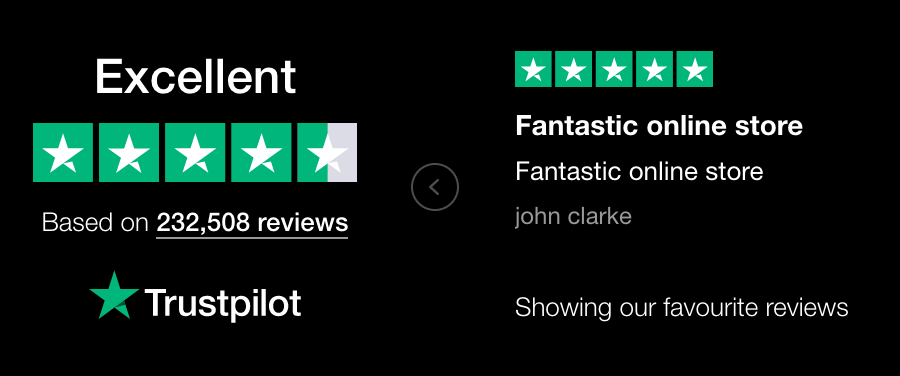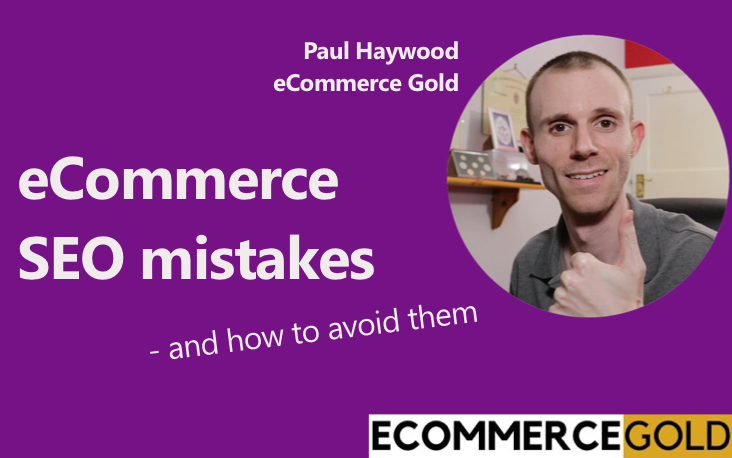To create a successful business, you have to focus on what you can control.
In the eCommerce world, you’ll have a combination of things you can control, things that are handled by your eCommerce platform or third party software, and things that are simply out of your control.
Here we analyse the items you can easily control to boost your shop’s performance online.
1. A good mobile first user experience
Mobiles account for approx 50-65% of all site visits (depending on industry) and although you might think that a good experience starts with your eCommerce platform choice, there is a LOT you can do to ensure your customers are happy.
When uploading images to your store (banners, product images, anything) make sure you have cropped and flattened them to the right size and dimensions first.
Not only is pre-editing good for your brand, it’s important to ensure a fast loading website with low layout shift. This in turn boosts your chances of a good SEO standing with Google.
People also scan and scroll swiftly on mobile devices so you have to make your content easily digestible. Although you love describing your business to everyone you meet, you have to prioritise the content better on a mobile device.
Short, sharp messages (e.g. 5 words), followed by a natural sounding sub heading message (a short sentence e.g. 10 words) followed by the full information.
See the image below:

This may seem obvious, but it’s a feature that so many brands and online sellers still forget.
- Note the 2 words titles – short and sharp and easy to digest.
- Note the follow up sentence – gives a simple, effective reason to learn more.
- The user now feels convinced and comfortable about clicking the link where they can read more information.
Approaching your content like this is great for your mobile users who are scanning and scrolling for easy to digest messages and clickthrough.
2. Visible endorsements and social proof
Content is king for gaining traffic via Google and Bing – as it explains to the search engine what you do.
However, once you have the user on site, it is important that you prove to THEM you know what you are talking about. Reading all your great content is certainly one way they will learn, but seeing snapshots of other happy customers makes the process quicker and easier.
Adding reviews and ratings offer a quick visual confirmation that you are good at what you do. Sure, some people will read those reviews on details before a purchase, but many will simply glance and keep scrolling.
Sure – people are more apathetic to all these incredible five star reviews now – but it’s an important tickbox nonetheless.
And don’t forget your external reviews as well – Google Business profile, Facebook and any blog backlinks you can gain. They all help build trust.


3. A variety of navigation options
The majority of online sellers will upload their products, and place them in 10 categories and be finished. But users need more guidance and persuasion to find your products.
If your customers can be reasonably expected to Shop by Brand, then create an additional category menu for that. If your products can be shopped by Colour, then you could make that an obvious navigation option as well.
Another great option is filters.
When a customer arrives at your category page (often directly after a search or link) – you can help them get immediately to what they want through product filters (or layered navigation as it’s sometimes called). Letting them filter by price bracket, by size, by colour or brand – or any other attribute – is going to make their lives easier.
If the customer experience is good, then sales will follow.
“Amazing things happen when you listen to the consumer.”

Further reading: How do shipping options impact your sales?
Having a well-executed shipping plan is key to success in eCommerce. When it’s put to the test during busy periods like holidays, unfulfilled orders, expensive costs, and wrong items shipped bring it right to the forefront of your customer experience.
Related Posts

How the Paradox of Choice affects eCommerce
In today's digital age, we have access to an almost infinite number of choices when it comes to...

Great apps to improve your product photos
One of the most overlooked areas of eCommerce websites is the product photography. Some consider...

6 Common Ecommerce On-Page SEO Mistakes and How To Fix Them
There are many different ways to market an ecommerce store but the one that is often the most...

New 1.0% + 10p rate for everyone
Shopit is very proud to announce that every platform subscriber will benefit from a market leading...

As the Founder of Shopit, Adam drives the overall vision and responsibility for the company. He maintains contact and links with many clients in order to understand how best to evolve the Shopit platform